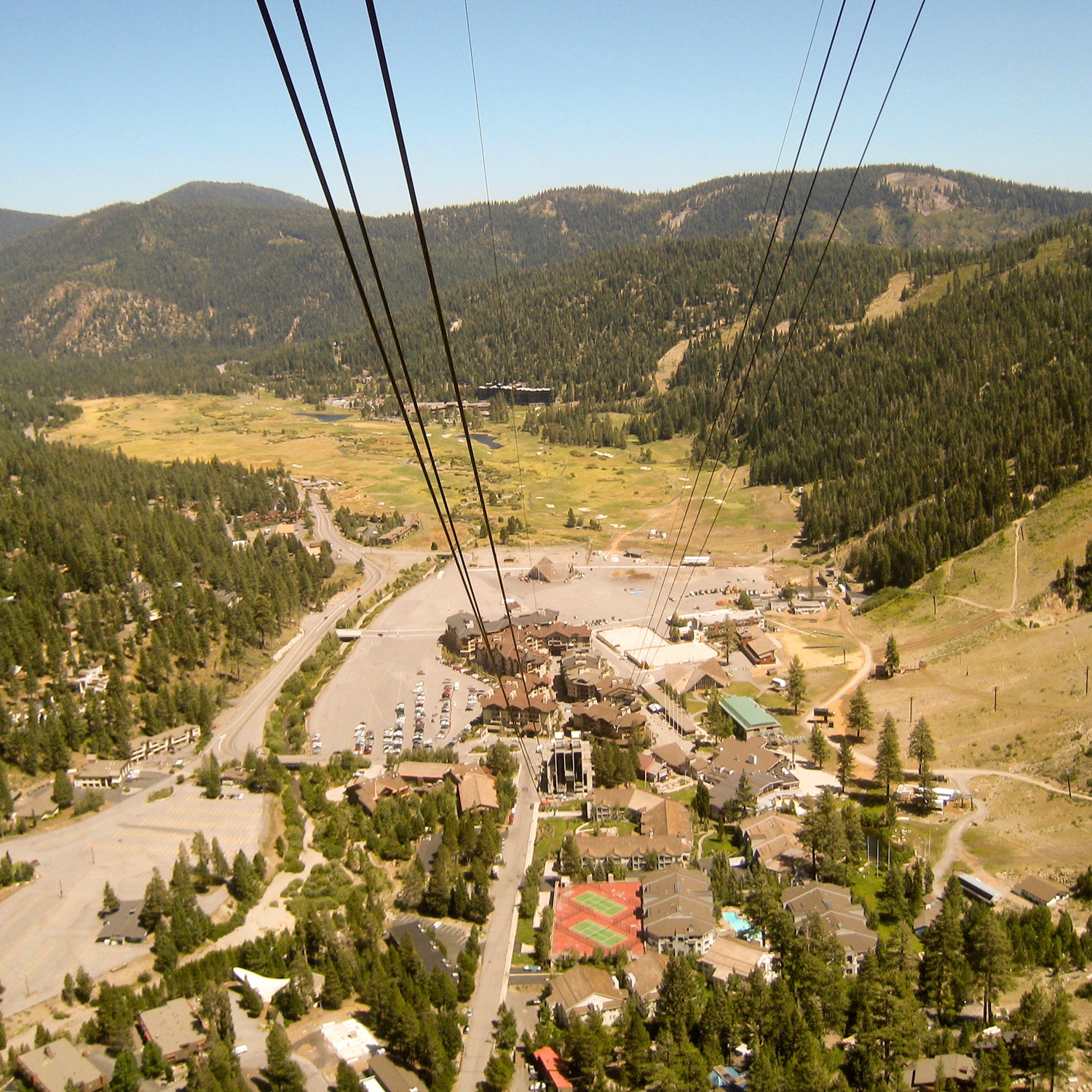The (EIR) for the proposed 94-acre ┬Ābase village expansion came out Monday, and things arenŌĆÖt looking good for the project. The EIR, carried out by consulting firm , lists a number of negative effects the village expansion would have on its surroundings,┬Āfrom the population to the air quality.
Squaw Valley first proposed the plan in December 2011 and has had to revise it several times, reducing the expansion area from the original 101.5 acres. The most recent version involves, among other things, construction of 1,493 rooms in 850 hotel, condo, and timeshare units;┬Ā300,000 square feet for a new retail and restaurant base;┬Āand a 90,000-square-foot mountain adventure camp. The camp replaces a water park that came under fire from the likes of conservation group Sierra Watch for being ŌĆ£a crazy mashup of ŌĆśNorth Korean severity, Vegas excess, and Disney surrealism,ŌĆÖŌĆØ .
Even with the scaled-down base village, the EIR points out some adverse effects the expansion would have on the area. Several historical buildings, including the Olympic Valley Lodge and the Far East Center, would be razed if the proposal is approved. The report also says that construction would degrade the scenic vista and create┬Ānoise and light pollution. Given that construction is estimated to take 25 years, nearby residents would have to deal with the impacts for decades. Construction and operation of the new base village would also cause an uptick in greenhouse gas emissions.
Another of Squaw ValleyŌĆÖs initiatives would be to restore Squaw Creek, which runs along the edge of the base village. While this could significantly disturb existing beaver, frog, and bird habitats in the short term, the EIR acknowledges that thereŌĆÖs a chance it could improve habitat quality further down the line.
The review process for the EIR began Monday, when the report was released.┬ĀThe public can comment on it until 5 p.m. on July 17.


